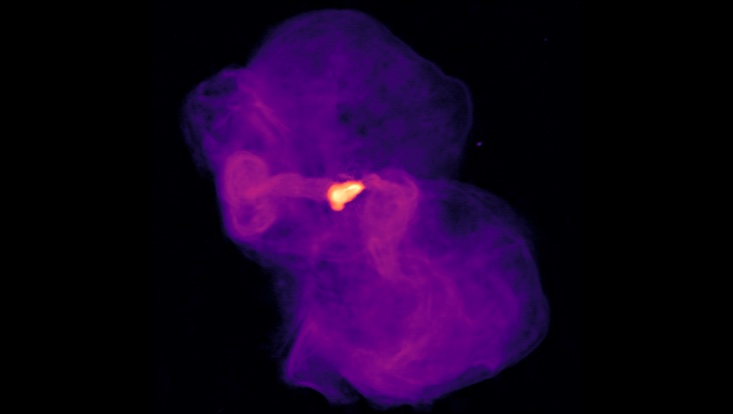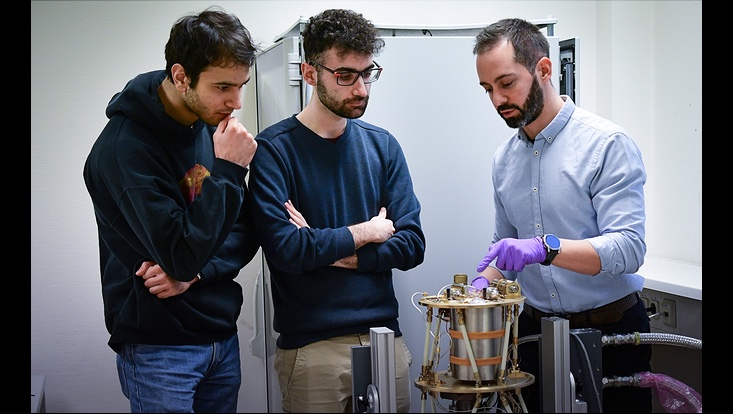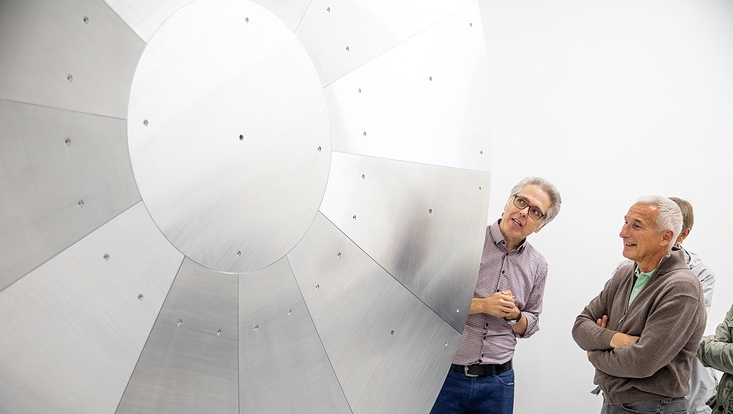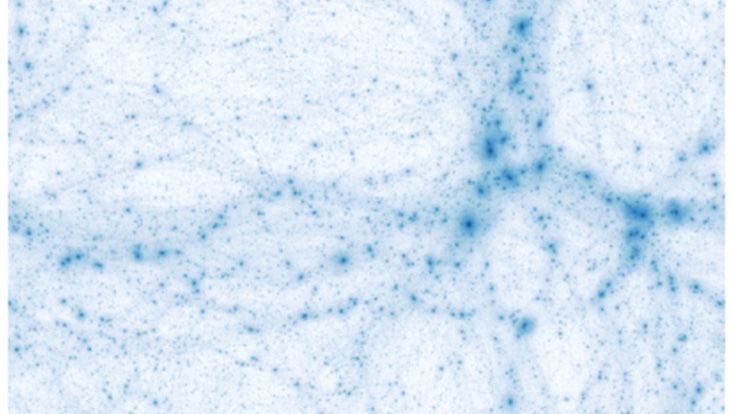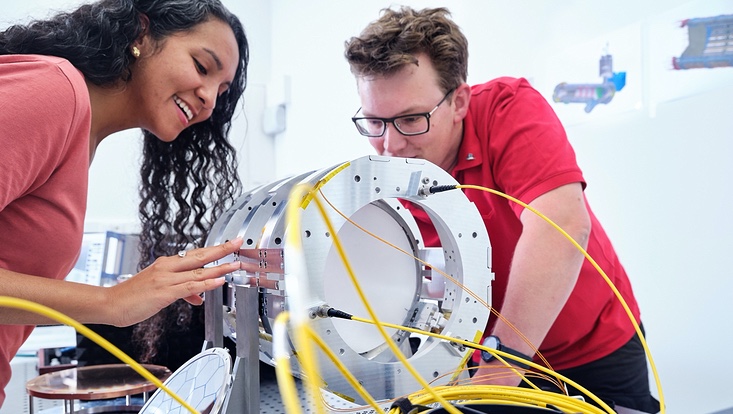Research Area Dark Matter
During the past 20 years it has been firmly established that most of the matter present in the Universe cannot be made of the atoms and particles which we know. However, so far the identity of this new form of matter - termed Dark Matter (DM) - remains elusive. The favored scenario is the existence of a new particle which only interacts very weakly with all other known particles and therefore is difficult to detect. Various candidate particles have been proposed such as ALPs (axion like particles), WIMPs (weakly interacting massive particles), and WISPs (weakly interacting slim particles), all of which are also motivated by other independent considerations. Unravelling the nature of DM is of fundamental importance and pursued with top priority worldwide.
The cluster is one of the leading international centers for DM research conducting experimental, observational, and theoretical studies. It covers searches in almost the complete mass range, from ultra-light sub-eV dark matter to very heavy particle masses well beyond the TeV scale. The research is carried out in dedicated laboratories in Hamburg, in astrophysical observatories and in particle accelerators around the world.
Dark Matter in Hamburg
A unique platform for ALP and WISP searches has been established in Hamburg. For the case of ALPs it relies on the conversion of axions to photons in strong magnetic fields. The construction and commissioning of the novel experiments BRASS, MADMAX and babyIAXO (and later IAXO) has taken place complementing the existing and running experiments WISPDMX and ALPS II. Various new limits have already been established and the dense experimental program is accompanied by comprehensive theoretical studies.
Dark Matter in astrophysical observations
The search for Dark Matter in radiation from the cosmos includes a range of frequencies and various instruments. The radio telescope LOFAR searched for self-annihilation processes in several dwarf galaxies which yielded very strong limits on DM annihilation cross-sections. With H.E.S.S. and Fermi-LAT searches for unidentified point-like γ-ray sources are conducted. Preparations for the WAVES galaxy survey are underway which will probe the DM halo mass function down to low masses and small scales to constrain DM models. Astroparticle data will be used from the forthcoming CTA hybrid air shower array for indirect high mass DM searches.
Dark Matter in particle accelerators
The conjectured DM particles can potentially be produced in particle collider experiments such as ATLAS and CMS at CERN. Various searches have been performed and predictions of new signatures for light DM have been identified. Light dark sectors have also been theoretically investigated. For heavy dark sectors background studies for monojet searches, (invisible) Higgs decays, and signatures associated with top quarks and extended (supersymmetric) Higgs sectors have been performed.
People Involved
Area Coordinator: Kai Schmidt-Hoberg
Principal Investigators: Katharina Behr, Marcus Brüggen, Freya Blekman, Erika Garutti, Alexander Grohsjean, Florian Grüner, Caren Hagner, Johannes Haller, Sarah Heim, Dieter Horns, Gregor Kasieczka, Axel Lindner, Jochen Liske, Jan Louis, Luisa Lucie-Smith, Gudrid Moortgat-Pick, Kostas Nikolopoulos, Andreas Ringwald, Peter Schleper, Christian Schwanenberger, Géraldine Servant, Günter Sigl, Georg Weiglein, Alexander Westphal
Key Researchers: Juliette Alimena, David Berge, Philipp Gadow, Katharina Isleif, Christoph Krieger, Andreas Maier, Ioannis Manthos, Manuel Meyer, Mathias Pierre, Krisztian Peters, Martin Pohl, Frank Tackmann

